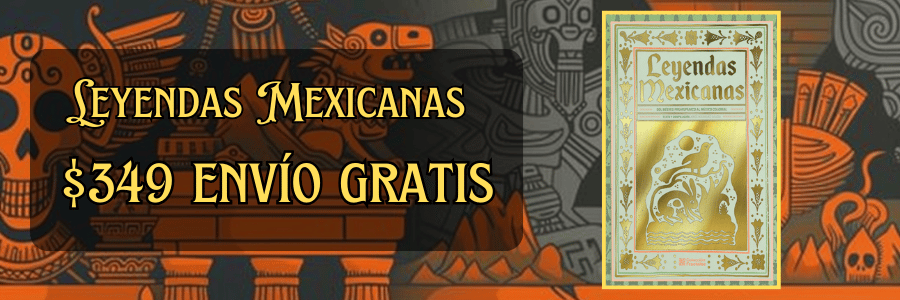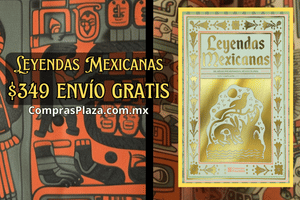The Popol Vuh: The Sacred Maya Creation Myth
The Popol Vuh, often regarded as the sacred text of the Maya civilization, serves as a profound testament to the history, myth, and cultural identity of the Maya people. Written in the 16th century and primarily in the K'iche' language, the Popol Vuh, which translates to "The Book of the Community," encompasses a wealth of narratives that address the origins of the world, the formation of humanity, and the ancestral values and beliefs of the Maya civilization. As an essential piece of indigenous literature, it not only encapsulates ancient myths but also provides insight into the worldviews and spiritual practices of the Maya.
The origins of the Popol Vuh are deeply intertwined with the history of the Maya. After the Spanish conquest, many aspects of indigenous culture faced threats of erasure. To counteract this, a group of K'iche' Maya scribes sought to preserve their lore. They compiled oral traditions into written form, synthesizing a multitude of ancient stories and myths. The Popol Vuh stands out as the most comprehensive narrative from this task, intertwining elements of history, spirituality, and morality shaped by the K'iche' identity. It employs literary devices familiar to narratives from various cultures while offering unique perspectives on creation, humanity, and existence.
The structure of the Popol Vuh is divided into distinct sections, each reflecting a different aspect of the Maya's understanding of creation and existence. The first part discusses the creation of the world, presenting the narrative as one where the cosmos begins in silence and darkness. In this primordial void, the deity Tepeu and the god Gucumatz—also known as Kukulkan or Quetzalcoatl—decide to create the world through the power of speech. Their dialogue leads to the growth of land, the emergence of water, and the birth of various forms of life, marking a significant turning point in the cosmos.
As creation unfolds, the Popol Vuh reveals a distinct connection between the natural world and Maya spirituality. The sun, moon, and stars emerge as integral components within this emerging narrative, embodying divine energies that govern the behavior of the natural world. The interrelationship between humankind and nature is emphasized as each creation serves a vital purpose within this divine order. The plants and animals are perceived as companions for future human beings and are revered for their roles in the balance of life.
The next significant theme explored in the Popol Vuh is the creation of humanity itself. The gods, initially pleased with their achievements, soon decide to create beings capable of worshipping them. The first attempts at creation result in the formation of mud people, who unfortunately lack strength and form. In their subsequent attempts, the gods create wooden beings. However, these wooden creations do not possess souls or understanding; they cannot uphold the spiritual connection desired by the deities. Consequently, they are destroyed in a cataclysmic event, serving as a poignant reflection of the importance of spirituality rather than mere physicality.
Ultimately, the gods successfully create humans from maize, symbolizing not only agricultural bounty but also the essence of survival and sustenance for the Maya. This pivotal act emphasizes the belief that maize is sacred to the people, underpinning their culture and economy. This myth highlights the ongoing relationship between the Maya and maize, shaping their daily lives, religious practices, and communal identity. The narrative culminates in the acknowledgment of the interconnectedness of creation, asserting that humankind is born of the earth and must therefore respect and nurture it.
Throughout the Popol Vuh, the concept of duality is also prevalent. The narrative illustrates this through various characters and their oppositional roles, embodying the struggle between life and death, good and evil, and the cyclical nature of existence. Deities such as the Hero Twins, Hunahpú and Xbalanque, exemplify this duality, embarking on epic quests against the forces of the underworld. Their sagas not only celebrate human potential but also explore the theme of resilience in the face of adversity, highlighting the notion that life is fraught with challenges that must be confronted.
The narrative of the Hero Twins stands as a cornerstone of the Popol Vuh, showcasing how ambition, cunning, and bravery can lead to victory over nefarious forces. The twins face several trials presented by the lords of Xibalba, the Maya underworld. Each challenge requires them to navigate their cleverness and resourcefulness, emphasizing the virtues that the K'iche' people hold dear. The eventual triumph of the Hero Twins signifies hope and the continuation of life on earth. Additionally, their story reinforces principles of humility and the acceptance of mortality, further threading spiritual significance throughout the text.
As the Popol Vuh recounts the Hero Twins' adventures, it also touches upon the broader cosmological narrative of life, mortality, and cyclical renewal. The twins' journey through Xibalba forms a symbolic parallel to life’s journey, where one must confront challenges and confront one’s fate. The themes echo the cyclical nature of the seasons and the agriculture that sustains the existence of the Maya, thus weaving together natural cycles with human experiences.
An essential element of the Popol Vuh is its moral framework, guiding its readers or listeners toward principles that define Maya society. The text underscores the value of respect, humility, and connectedness—not only among individuals but with the divine, the natural world, and the cosmos. The struggles and triumphs of characters ultimately serve to teach lessons on cooperation, the consequences of greed, and the importance of maintaining healthy relationships with both the land and the divine forces.
The Popol Vuh also serves as a cultural repository, reflecting the values, beliefs, and practices of Maya civilization. As a source of historical and archaeological insight, it provides a glimpse into the societal structure, ceremonial life, and governance of the K'iche' and other allied groups. The interactions between various gods, humans, and supernatural beings illuminate the governance and spiritual roles that deities played in Maya society, reinforcing hierarchy and social responsibility.
Moreover, the transmission of the Popol Vuh through various generations illustrates the adaptability of indigenous narratives. The tale has undergone various iterations as it passed from oral traditions to written text, allowing it to flourish even amidst changing sociopolitical landscapes. The preservation of such cultural artifacts allows indigenous populations to reclaim their narratives and histories, fostering a sense of identity and solidarity.
In contemporary contexts, the significance of the Popol Vuh extends beyond its historical roots. It has become a symbol of indigenous resistance and cultural pride, as contemporary Maya communities invoke its themes to advocate for rights, justice, and the reaffirmation of cultural heritage. Scholars and activists alike emphasize the importance of recognizing indigenous narratives as central components of cultural identity, pushing against historical erasure and colonial narratives dictating the dominant discourse.
As interest in the Popol Vuh continues to grow, academic and literary explorations have deepened our understanding of its themes, their reverberations across cultures, and their ongoing relevance in a rapidly changing world. By examining the narrative through various lenses—be it ecological, anthropological, or literary—scholars can uncover rich interpretations that resonate beyond the ancient Maya context. The spiritual truths woven into the fabric of the Popol Vuh reinforce themes such as resilience, reverence for nature, and the fight for identity, allowing the voices of the K'iche' Maya to persist and flourish.
In summation, the Popol Vuh stands as a monumental cultural artifact that encapsulates the essence of the Maya worldview through narratives of creation, humanity, duality, and moral guidance. By bridging the ancient past with the present, it offers valuable lessons about sustainability and interconnectedness that remain pertinent today. The continued study, appreciation, and dissemination of this sacred text honor the enduring legacy of the Maya and underscore the power of stories in shaping cultural identity and human experience.
Explore More:
| How the Mexican Revolution Changed the Role of the Catholic Church |
| Education and Schools in Colonial Mexico |
| Women’s Rights in Mexico: Progress and Struggles After the Revolution |
| How the French Invasion of Mexico Impacted the Mexican Monarchy |
| The Artistic Legacy of Mexico’s Colonial Period: From Paintings to Sculpture |
| The Role of Oil in the Development of Alternative Fuels |
| How Mexican Artists Are Reimagining Their Cultural Roots |
| The Artistic Expression of Mexico’s Indigenous Communities |
| The Role of the Chichimeca in the Silver Mining Boom of Zacatecas |
| The Diplomacy of the French Intervention: Letters and Treaties |



